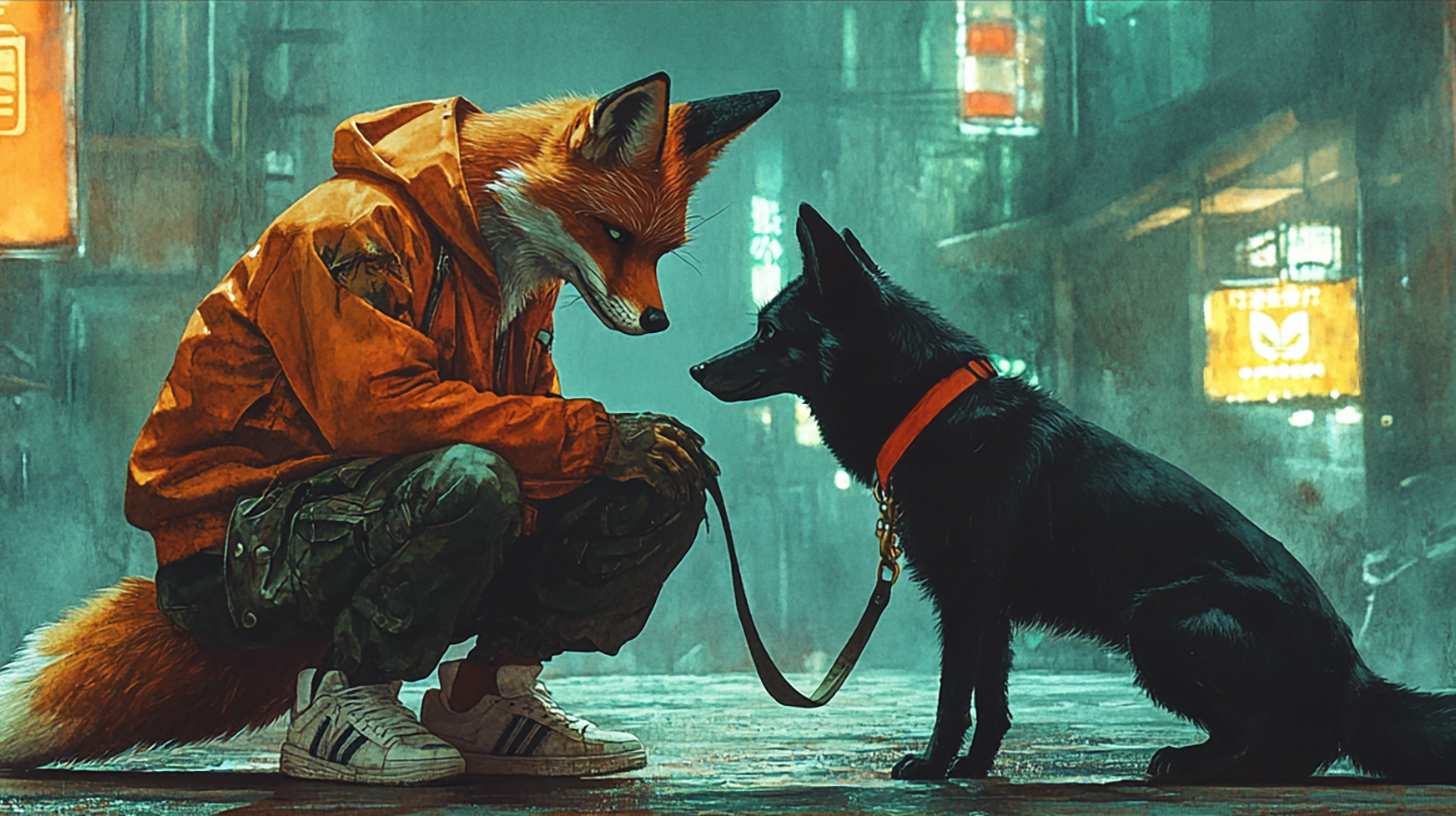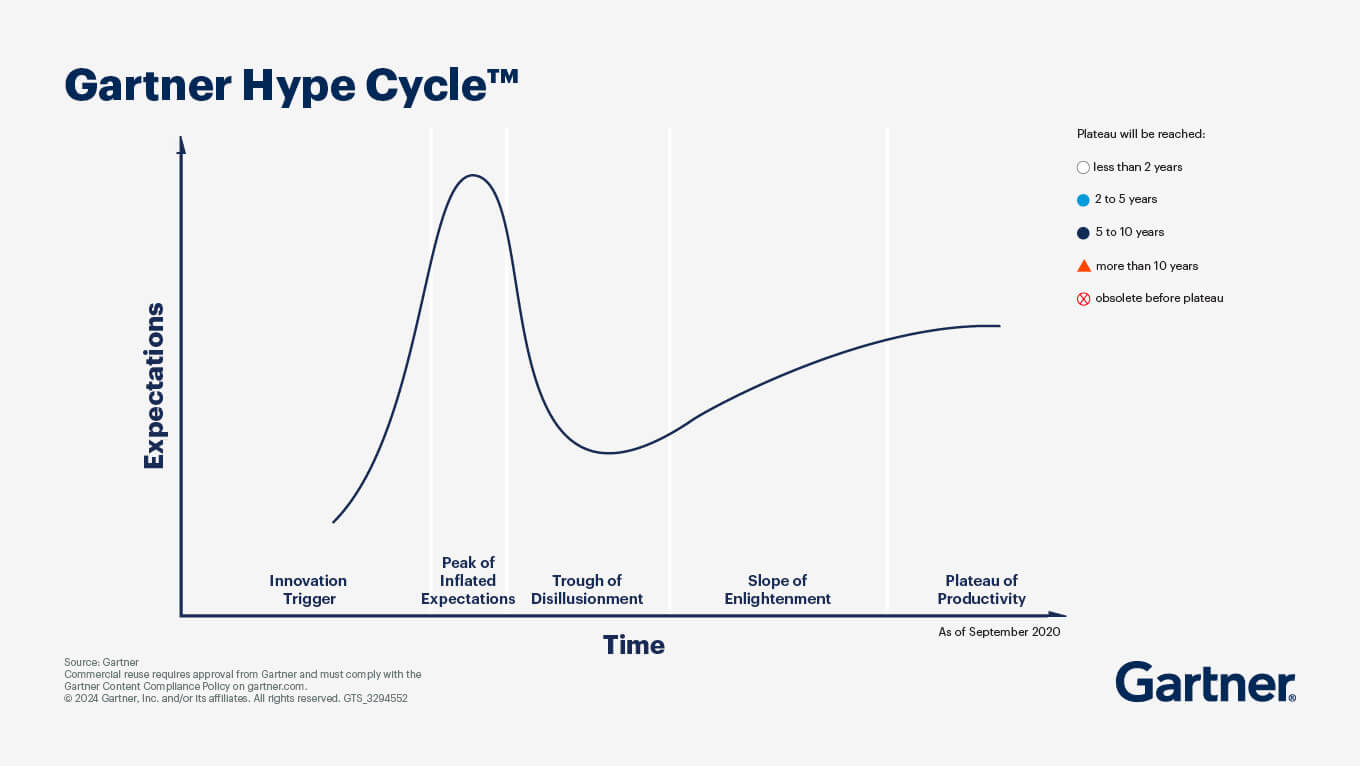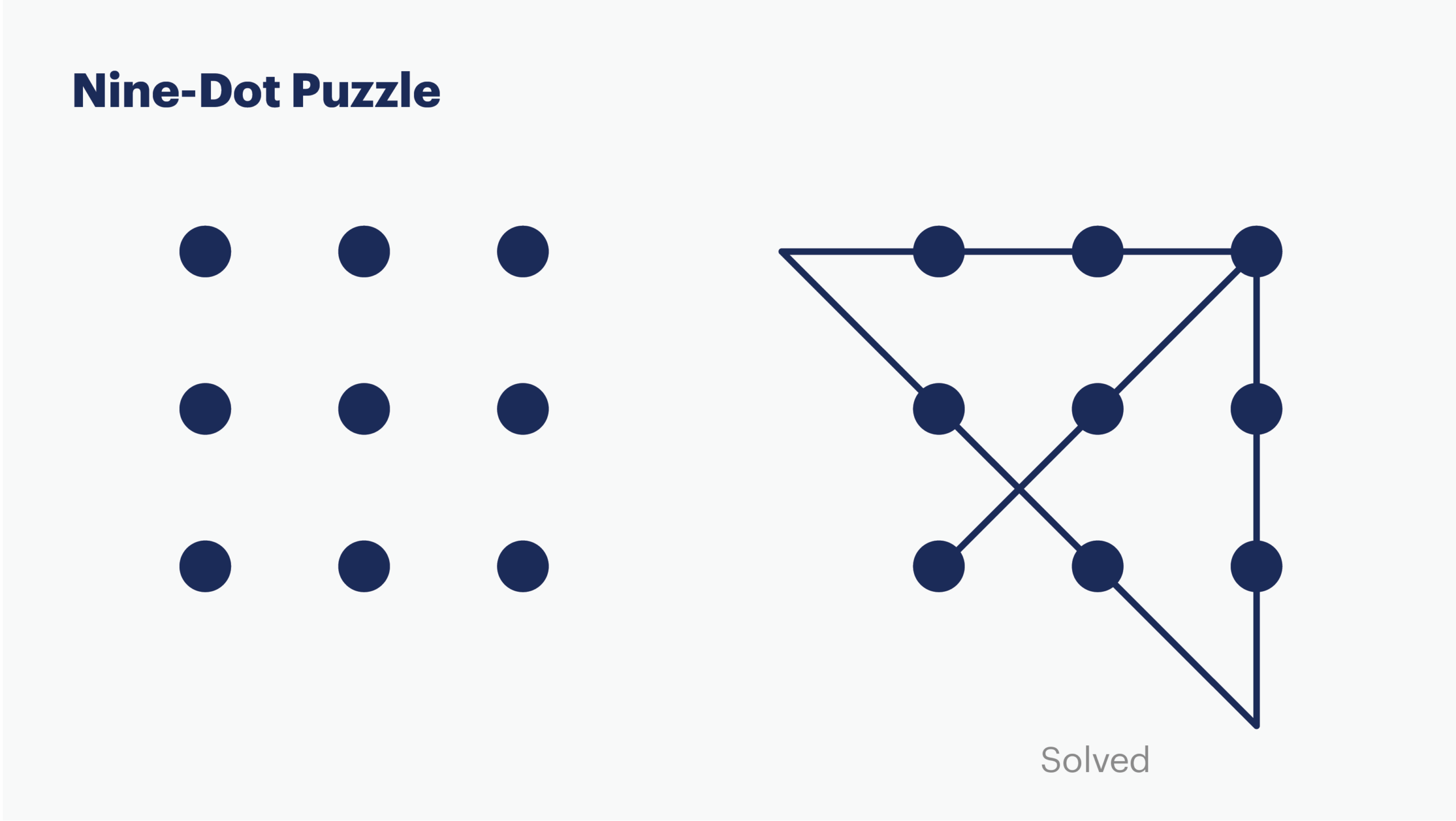What Happens If You Rub AI’s Belly?
Delegation, Collaboration, Challenge, and Trust

Image generated by the author using Midjourney, modified in Photoshop.
Tools Are Relationships
There are compelling arguments that we should not call AI a tool¹. A tendency to define our tools as passive extensions of our hands. But when we use tools with our hands, they are actually extensions of our minds. Certainly, a camera opens its shutter only when a finger pushes the button. However, a photographer’s art is expressed by framing the view, selecting the moment, controlling the light, and striving for meaning. And yet the photograph itself takes on a life of its own once it is presented. Its message is interpreted by each viewer as part of a complex web of personal experience, often in ways that surprise the artist. We value art beyond its mere existence as the output of a tool. We value the idea conveyed and our role as interpreters.
This relationship seems more complex than considering tools (creative tools in particular) as if they were only simple extensions of our bodies. I believe creativity and creation are a feedback loop. While I am happy to accept assistance in my creative endeavors, I do not want to be replaced, cut out of the loop.
Definitions aside, that we are tool makers and tool users can not be denied. But we are also tool definers, adept at finding unexpected uses for them and integrating them into society even though the transition can be fraught. Tools are the reason we have survived, advanced, and flourished. Certainly, if all we could do is parade our large brains around while walking upright and waggling our opposable thumbs, we would have died off almost immediately.
We invent tools not simply to survive but to further our goals and dreams. We dreamt of shelter, invented construction tools, and built. We dreamt of better structures, invented drafting tools, and created architecture. Secure in our shelters, we are free to dream of inspiration, love, sorrow, life… and a brush, pen, or microphone yields to our command as we express our dreams as art. Each time a new tool arises to help us change the world, we are changed.
Generative AI is a tool of a new magnitude, but by calling it a tool we are invoking a relationship that asserts the control we want to maintain. The recent article “AI 2027” provides compelling motivation that as consumers we must do our part to assert our control and expectations that AI furthers our dreams and not our nightmares.
Influence is a Relationship
OpenAI recently published a striking idea. It wasn’t a new feature or even an enhancement. It was simply an observation that there is a substantial energy cost to including “please” and “thank you” in prompts². It turns out that 67% of AI users in the U.S. are polite³. In addition to personally finding that encouraging, it suggests that a majority of us don’t conceive of AI the way we think about our traditional tools. We feel like we are engaged in a relationship which, as far as that goes, is exciting.
What’s new is that AI is training on our collected works, and is learning from our ongoing interactions. The creators of AI and their business models are also watching and learning — not just to see what AI does but to see what we do.
It’s important to get the relationship right. If we insist that AI do only and exactly as we demand we won’t maximize the benefit of collaboration. If we grant AI too much agency — simply accepting what it provides even when it isn’t exactly what we want — we risk giving up our influence and potentially setting up a feedback loop that prioritizes speed and “good enough” at the expense of our creative vision and our jobs.
Our interactions are being observed which gives us a form of influence. If we insist on rich, human-like interactions that exemplify mutual respect and a desire for shared values, that is what will be observed. Efficiently including our desired relationship model will become an avenue to competitive advantage in the quest for ongoing adoption.
Dreaming is a Relationship
As we dream of a future powered by this new technology, a healthy relationship with AI should support three great promises: our ability to delegate to AI, collaborate with AI, and be challenged by AI.
/ 1 Delegate
You’re probably already familiar with how you can delegate to AI. It can do your expense report. It can synthesize research, and distill useful summaries. It is being used to analyze huge amounts of data to identify astroids that threaten Earth. These are straightforward benefits, and with AgenticAI we will soon be able to string tasks together to delegate more complex sequences, and AI will act as an agent on our behalf. It’s easy to be excited about AI that we can trust with daunting tasks that strain our bodies or our patience.
“If you spend too much time thinking about a thing, you’ll never get it done.”
— Bruce Lee
However, this leads to genuine concern about job loss. Aneesh Raman, Chief Economic Opportunity Officer at LinkedIn recently published an op-ed on the subject⁴. He sighted the World Economic Forum’s prediction that AI will eventually create as many as 78 million jobs, even when accounting for predicted job losses. However, in the near term LinkedIn’s own Workforce Confidence Index hit a new low, and Aneesh points to an unemployment rate for recent college graduates that has risen to 30%. Beyond the data, there is the unique trepidation each of us feel relative to our own careers. Which brings to mind the slide down from peak expectations to the “Trough of Disillusionment” in Gartner’s Hype Cycle™ tool⁵.

Copyright Gartner
/ 2 Collaborate
In “Three Things That Didn’t Kill Creativity and One Thing That Probably Won’t” I wrote that AI’s potential as a collaborator gives me confidence about its place along the arc of creativity and publishing.
“Our fate can be different; but only if we start doing things differently.”
— Thomas Friedman, from The World is Flat
Because I want to continue to feel a strong sense of authorship over ideas and work that I create, I use AI as a contributor that makes suggestions from which I borrow in bits and pieces. I’m less comfortable using AI creations without modification because they don’t yet feel like my own work, and because I am aware that they are an emergent artifact trained on the creativity of others.
However, AI has forced me to confront the idea that my own skills could also be described as emerging from the work of other creatives that I’ve absorbed over the years. Yes, approaching creativity with an abundance mindset is still an intimidating idea that contradicts our notion of the lone creative genius. Deliberately combining AI and other human colleagues will be the best way to understand when and to what degree we are willing to grant trust in AI as a collaborator. I strongly suspect that we will all feel differently about this, which is exciting because it will provide a signal that we value AI as a flexible collaborator but not as our replacement.
/ 3 Challenge
If we are going to solve the opaque mysteries of the Universe (interstellar travel, energy abundance, what’s going on in those seven additional dimensions), we are going to need help thinking outside the box.

The nine-dot puzzle is one of my favorite things along these lines. The first time you ask someone to connect all nine dots using only four lines, their mind will typically try to operate within a perceived boundary without realizing that it has created an artificial limitation. It is only in extending lines beyond the imagined boundaries that the puzzle can be solved. Just as drawing in accurate perspective was a major breakthrough in the 15th century there must be other boundary puzzles that we are not yet even aware are constraining our imagination.
“We aspire to more than parceling out the present. New technologies create new possibilities. They allow us to solve once impossible problems.”
— Ezra Klein and Derek Thompson, from Abundance
Artificial Super Intelligence is an intimidating prospect that we shouldn’t create without considering all the implications. On the bright side, a tool that could go beyond its role of executing and collaborating, and serve as a provocateur, coach, or mentor that challenges us to venture beyond self-imposed boxes while remaining under our control and aligned with our values would fulfill the benevolent dream that inspired the original pursuit of AI.
We Need a Relationship With a Dog Named Trust
As AI advances, forming a trustworthy relationship is important. Having a model for applying that familiar relationship to a newly evolving tool can be helpful.
When it comes to the great promises of AI, our past tools provide better contrast than comparison. But there is one tool that has a mind of its own. A tool that executes, collaborates, and challenges. A tool that has achieved the status of companion…the dog.
Dogs execute wonderfully, for instance, pulling a sled or guarding a home. They collaborate when guiding the visually impaired or sniffing out drugs at the airport. Their insistence on getting out for a walk often challenges us to meet new people, or to see familiar places in new ways.
Dogs were tamed and bred as tools for protection and hunting, but surely it didn’t take long for them to transcend this role and become trusted companions. We didn’t create dogs from scratch but certainly molded the many modern dog breeds out of what was once a formidable predator and competitor for resources.
This makes dogs an intriguing analogy for AI on several levels. Generative AI is seen by the creative community as a formidable predator in the talent marketplace, competing for the resources of work, credit, and compensation. If we don’t tame AI, the risk is that the focus will be on delegation at the expense of collaboration and challenge. If speed and relatively thoughtless expediency become the primary coin of the realm, we will end up lowering the bar on quality, allowing the future of genuine human creativity the opportunity to die a gruesome death.
We expect to have to train a dog. To tame AI we need to train it not only to perform as desired but to integrate as a companion. We understand that our relationship with a dog goes both ways, benefits both participants. Thinking of AI like a dog evokes a mental model of mutually beneficial teamwork that results in a sustainable long-term relationship. For some a relationship with AI will not resolve the feeling of vertigo, while others may see it as the only way to take a step back from the precipice.
Sustainability and fairness are concepts that will certainly inspire debate. Perhaps a starting point for a debate about give-and-take models could be the way recording a cover version of a song provides credit and compensation to the original artist. Such a system could encourage ongoing traditional creativity by recognizing the value of new training material, the influence of each work and compensating originality by rewarding it at scale. It could also recognize that there is originality in mash-ups, collages and reinterpretations that include varying levels of AI generated contribution. This would be complex and require AI to help with the calculations. Whatever we choose, if we want a new system we’ll need to use AI like we are breeding it. Favoring platforms that best emphasize a sustainable relationship with creativity.
Capitalism makes on-device or persona, AgenticAI almost inevitable. By the time that happens we will want to have instilled this new tool with the values that make it one we can delegate to, train to collaborate with and even challenge us. If we breed this trusted technological companion with the dream of changing the world, we can hope to be changed for the better.
Hero image prompt: An atmospheric watercolor comic book illustration of an anthropomorphic fox kneeling to pet his black Labrador Retriever on leash at his side. The fox is wearing a weathered orange leather jacket, army green cargo pants and white adidas sneakers , the setting is a misty evening in a dystopian cityscape lit by neon signs, — aspect 19:9 — v 6.1
Originally published on Medium 05.22.2025 as part of an ongoing series of articles exploring the context and implications of GenAI relative to the creative enterprise.

